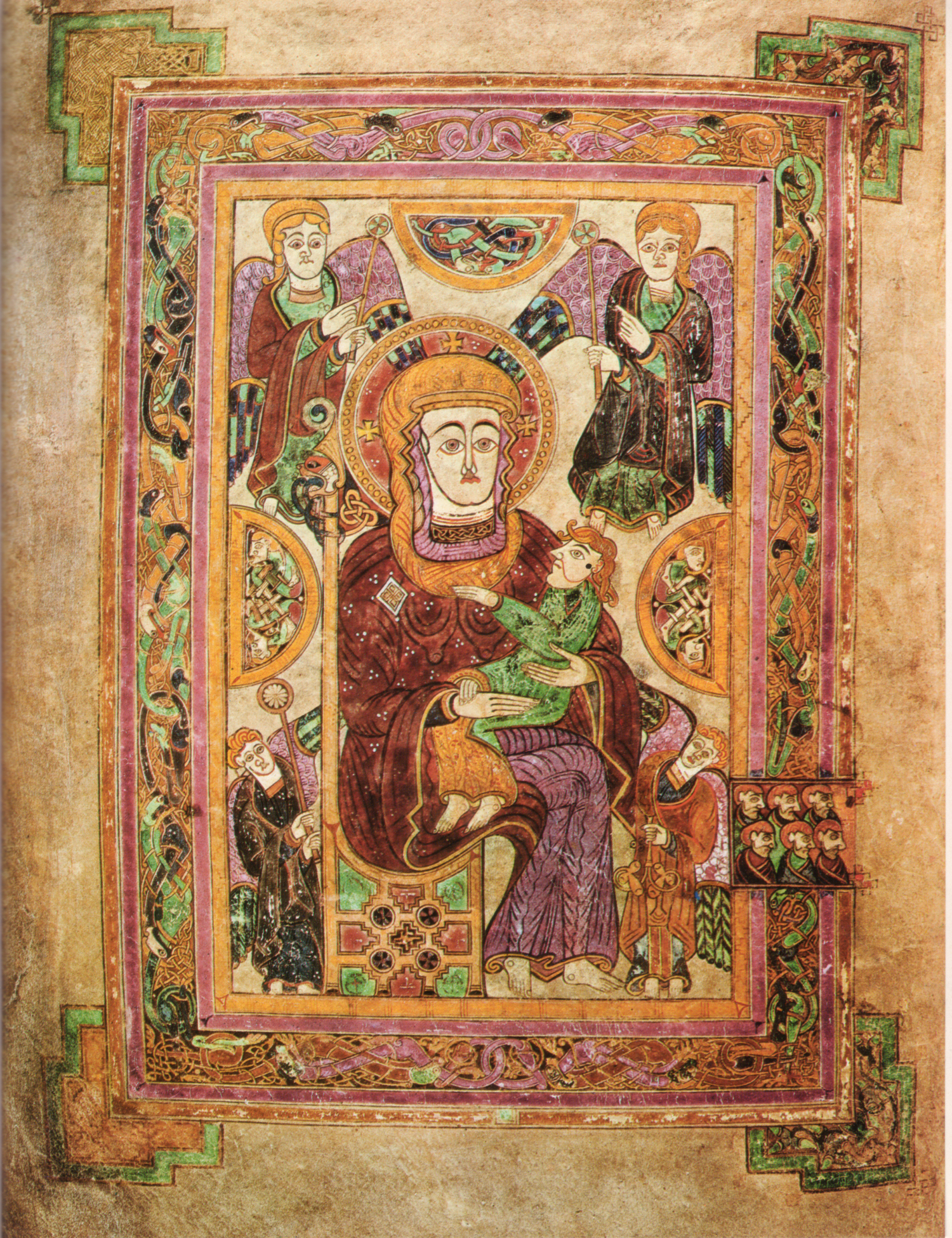The town of Kells in Co. Meath wants its book back ... the famous Book of Kells. A campaign has got under way to secure the return of one of the four volumes of the famous priceless works of art.
See full story on The Independent IE
http://www.independent.ie/national-news/kells-wants-its-famous-book-back-but-trinity-says-no-2861725.html
Wikipedia Book of Kells:
The Book of Kells (Irish: Leabhar Cheanannais) (Dublin, Trinity College Library, MS A. I. (58), sometimes known as the Book of Columba) is an illuminated manuscript Gospel book in Latin, containing the four Gospels of the New Testament together with various prefatory texts and tables. It was created by Celtic monks ca. 800 or slightly earlier. The text of the Gospels is largely drawn from the Vulgate, although it also includes several passages drawn from the earlier versions of the Bible known as the Vetus Latina. It is a masterwork of Western calligraphy and represents the pinnacle of Insular illumination. It is also widely regarded as Ireland's finest national treasure.
The illustrations and ornamentation of the Book of Kells surpass that of other Insular Gospel books in extravagance and complexity. The decoration combines traditional Christian iconography with the ornate swirling motifs typical of Insular art. Figures of humans, animals and mythical beasts, together with Celtic knots and interlacing patterns in vibrant colours, enliven the manuscript's pages. Many of these minor decorative elements are imbued with Christian symbolism and so further emphasise the themes of the major illustrations.
The manuscript today comprises 340 folios and, since 1953, has been bound in four volumes. The leaves are on high-quality calf vellum, and the unprecedentedly elaborate ornamentation that covers them includes ten full-page illustrations and text pages that are vibrant with decorated initials and interlinear miniatures and mark the furthest extension of the anti-classical and energetic qualities of Insular art. The Insular majuscule script of the text itself appears to be the work of at least three different scribes. The lettering is in iron gall ink, and the colours used were derived from a wide range of substances, many of which were imports from distant lands.
The manuscript takes its name from the Abbey of Kells that was its home for centuries. Today, it is on permanent display at the Trinity College Library, Dublin. The library usually displays two of the current four volumes at a time, one showing a major illustration and the other showing typical text pages.




No comments:
Post a Comment